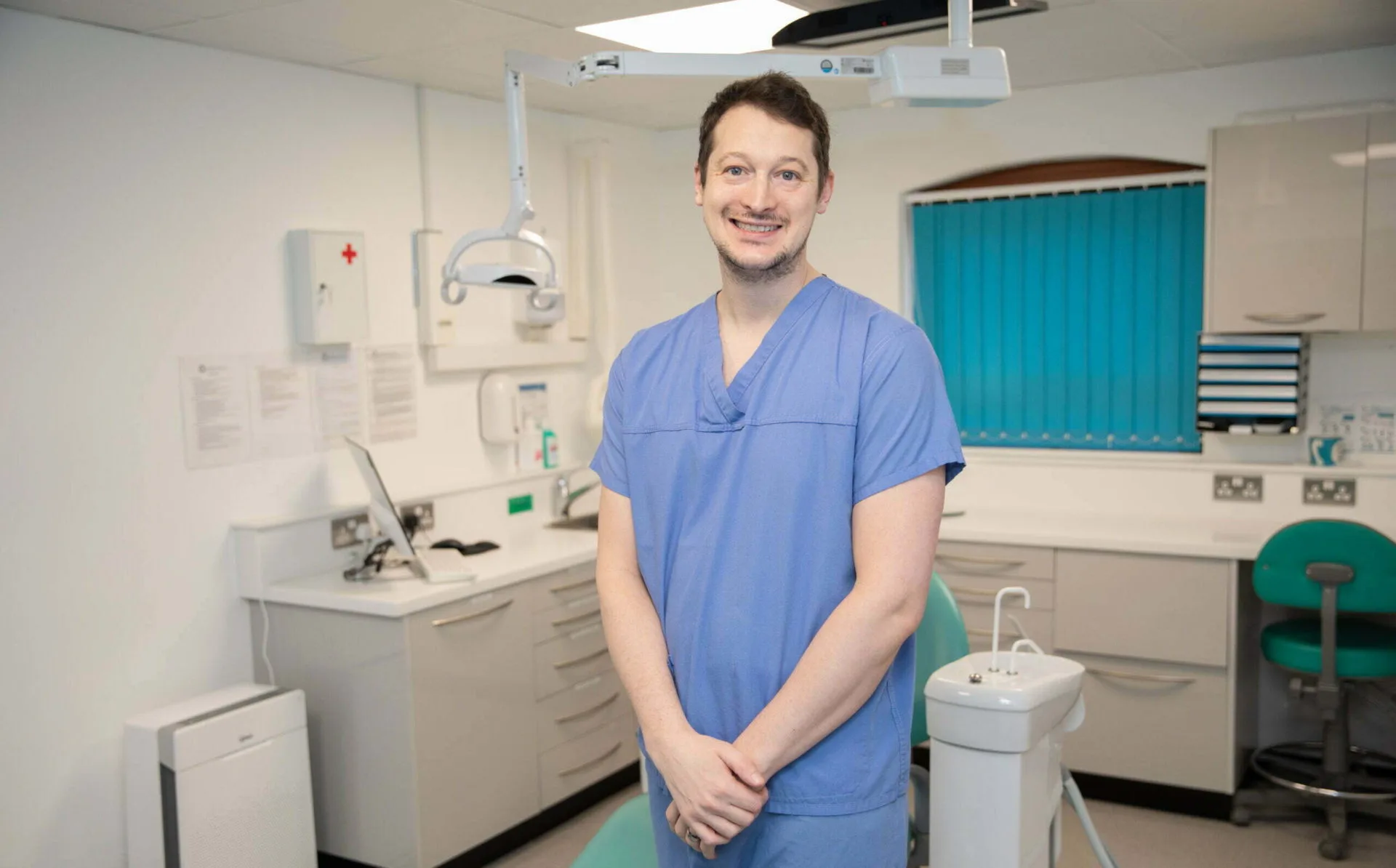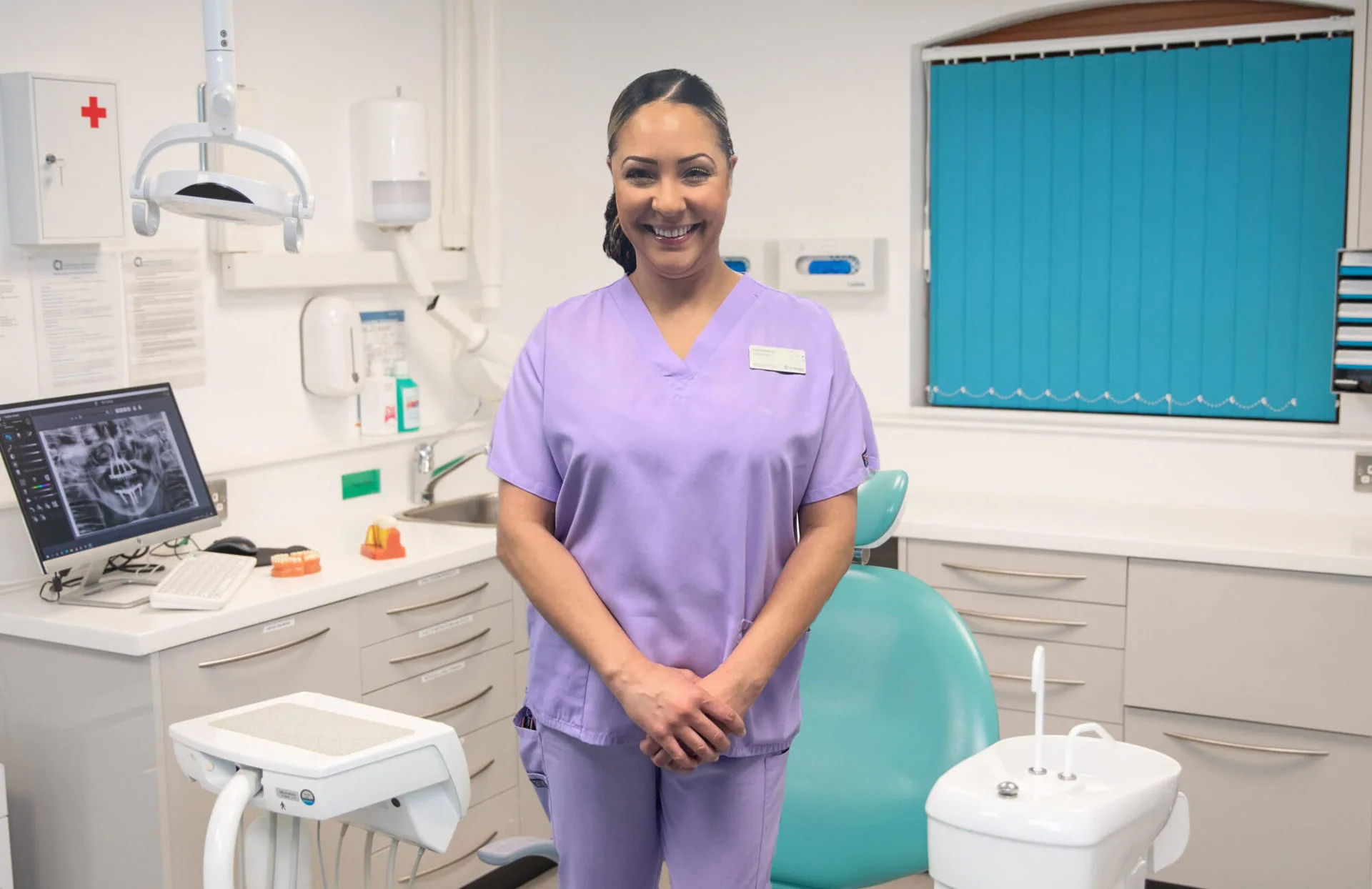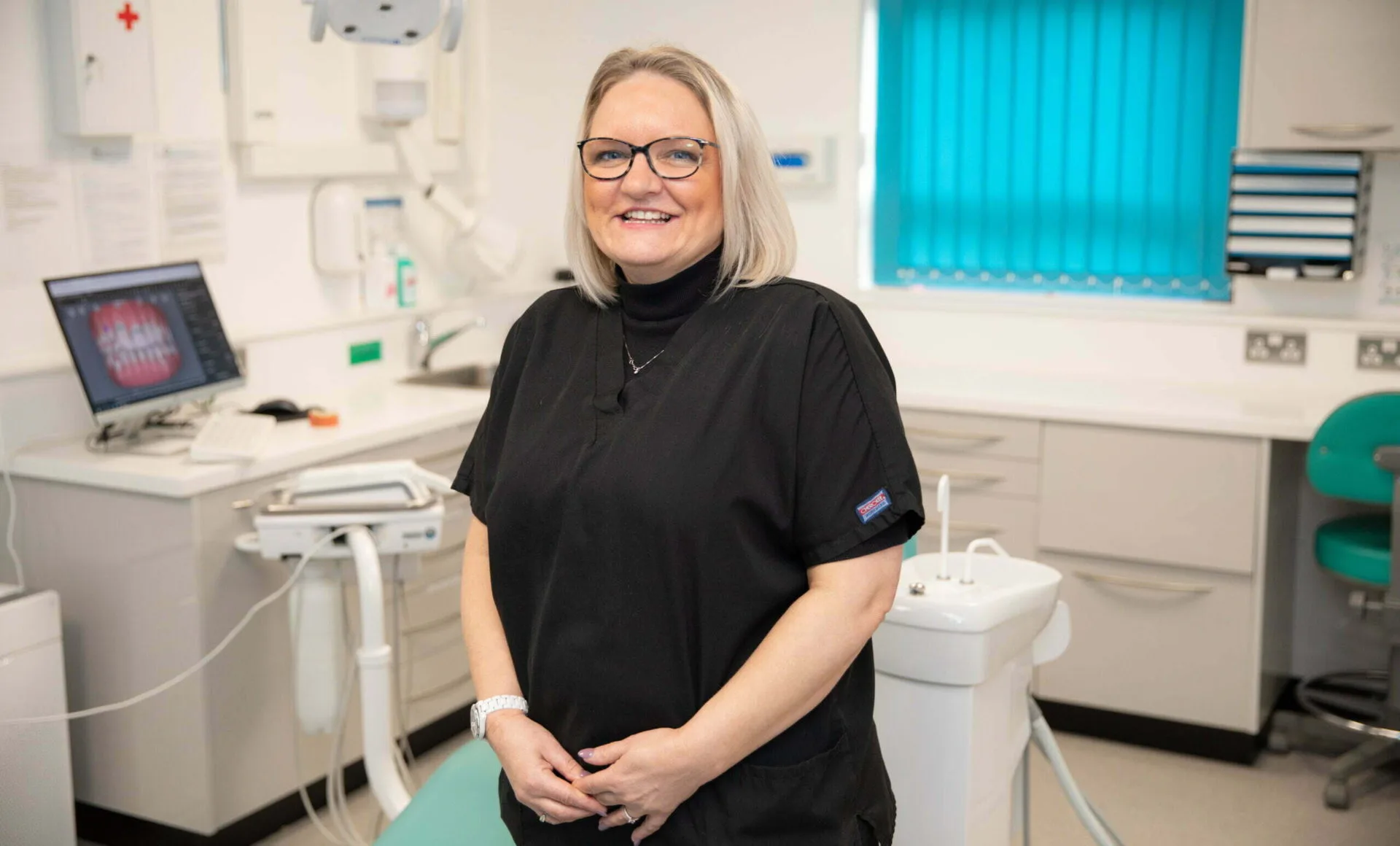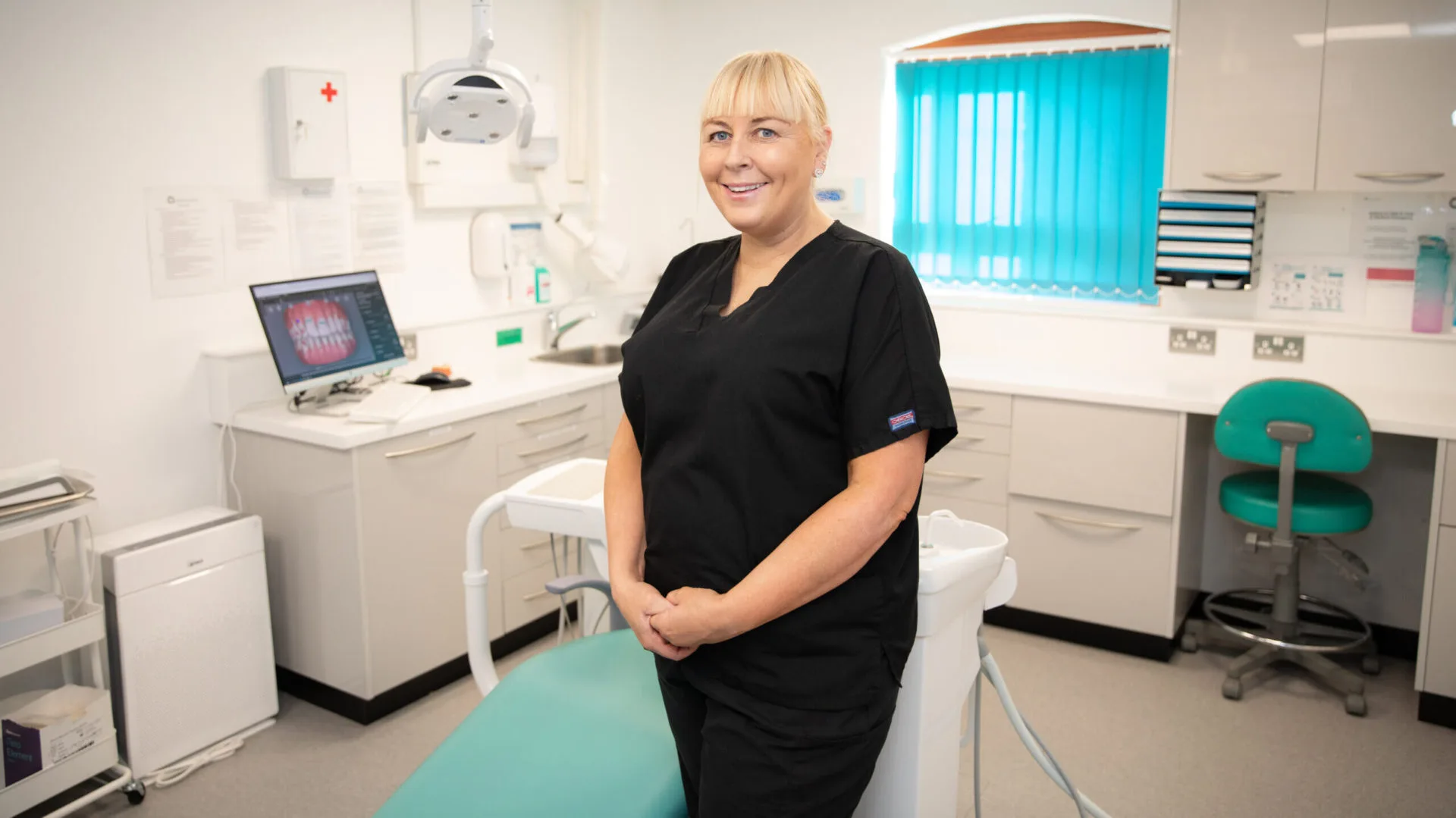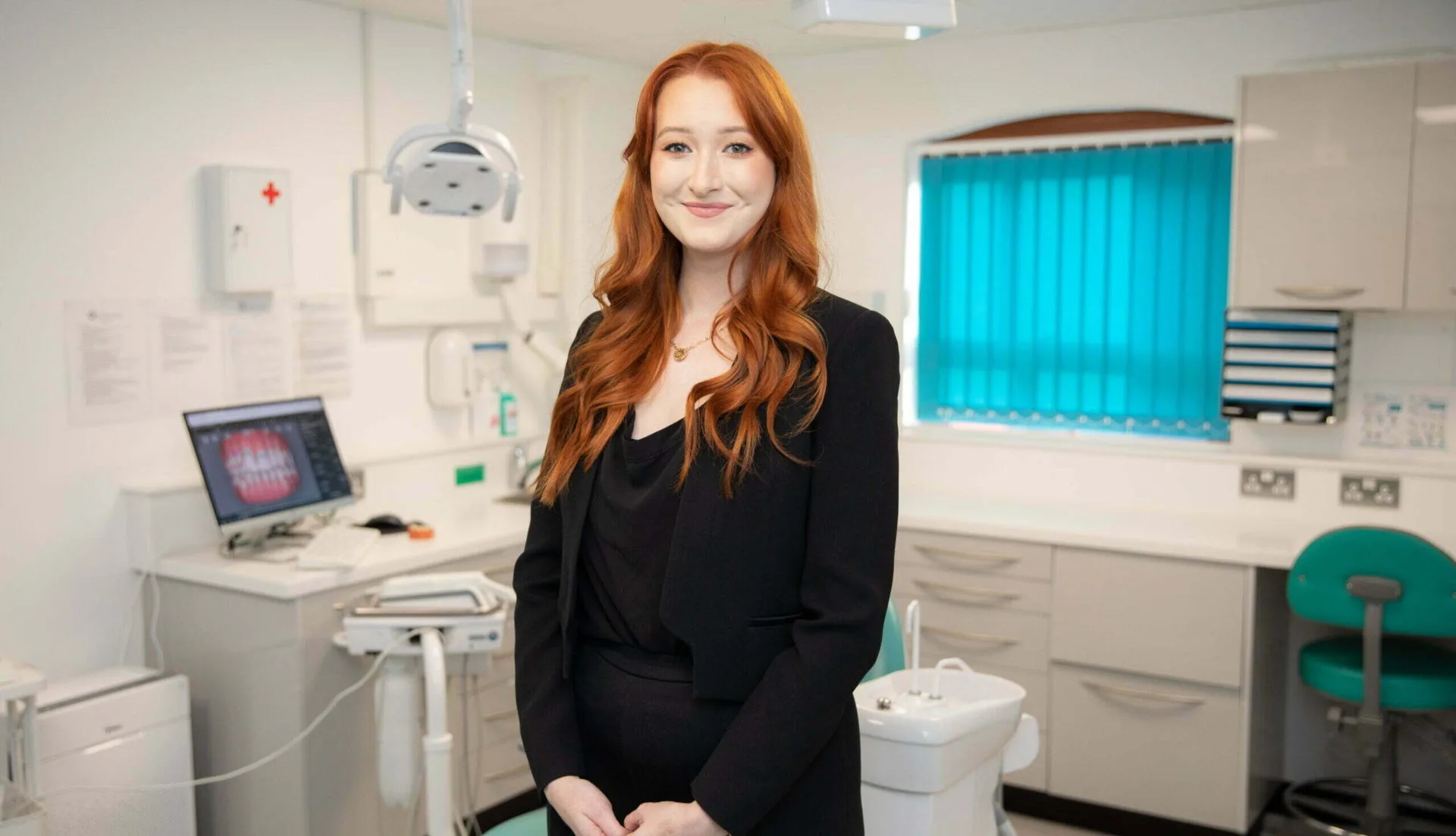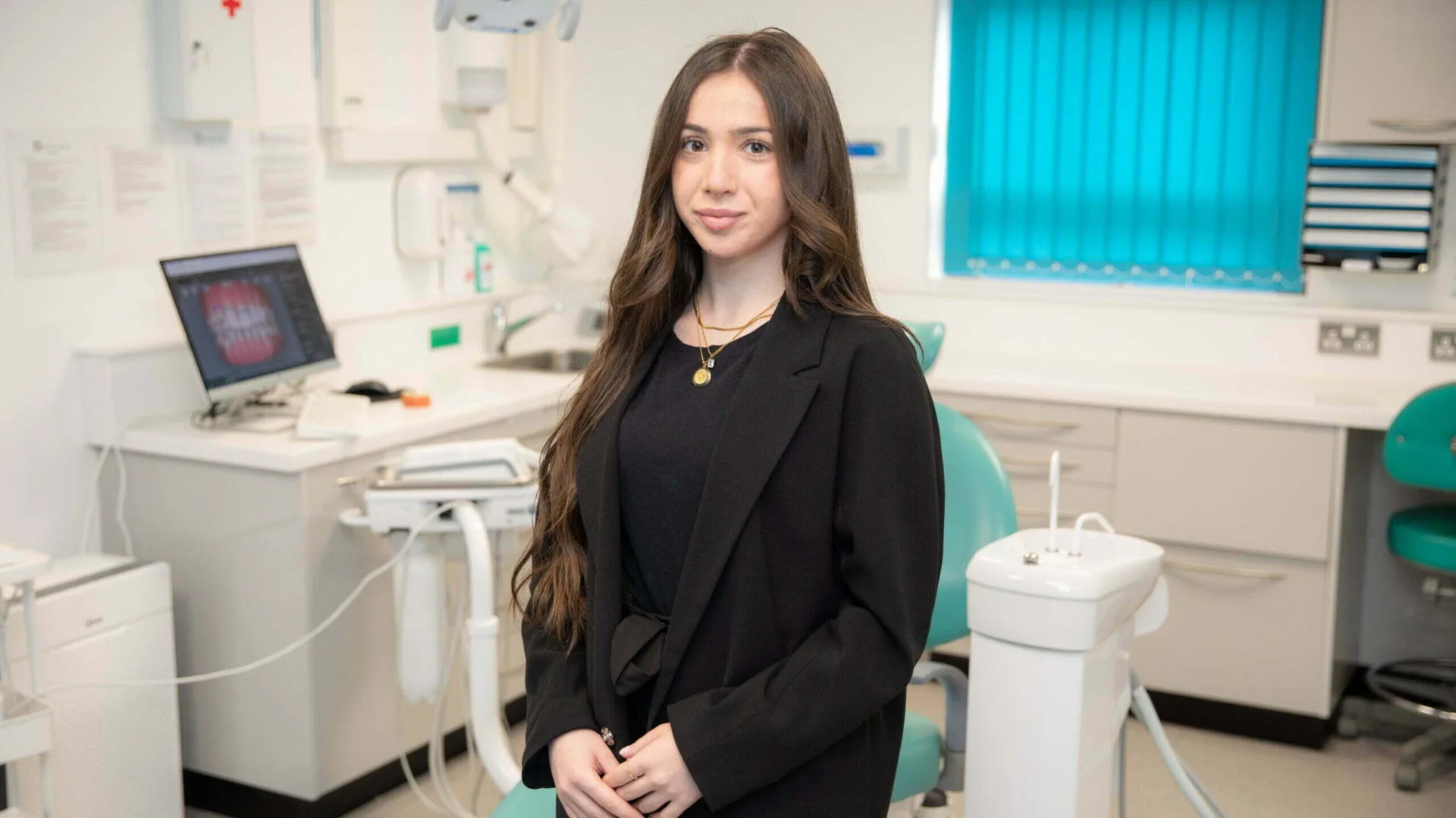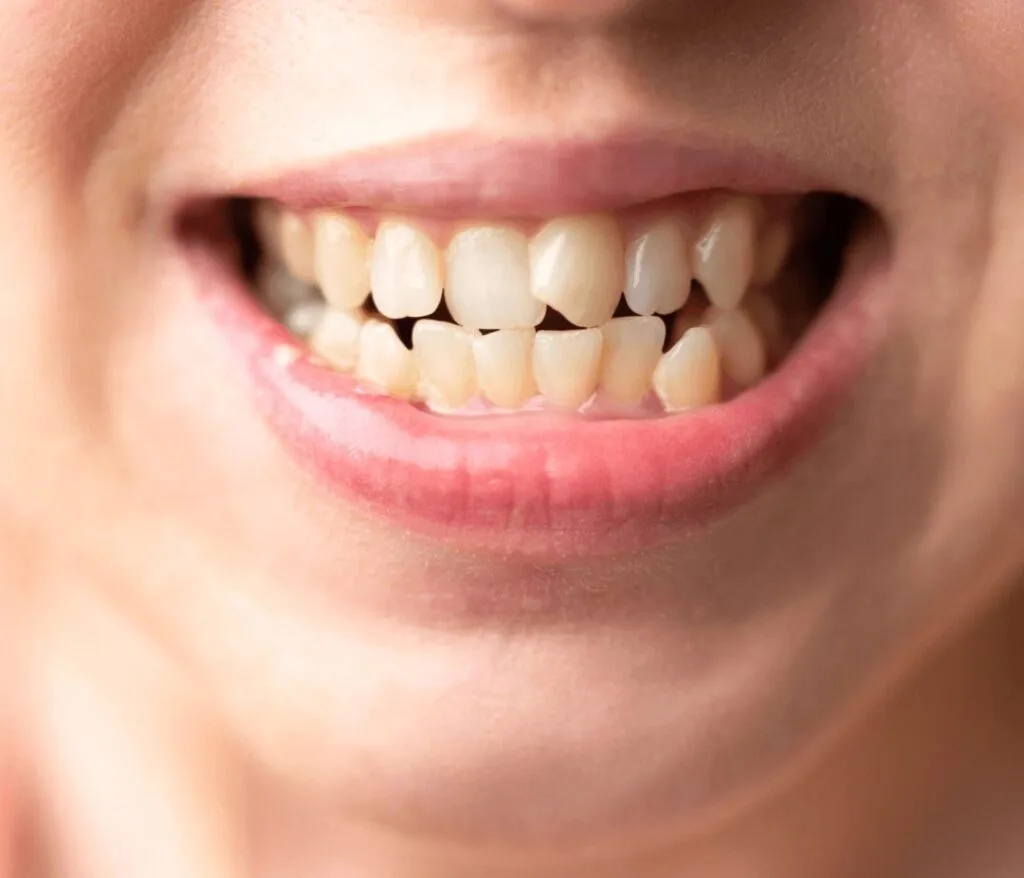
When we think about our teeth, we often focus on their importance in eating and speaking. But have you ever wondered about the specific roles different teeth play?
In this blog, we’ll take a closer look at our canine teeth, explaining what they are used for, where they are, and how to look after them properly.
- What is a Canine Tooth?
- Why Is It Called a Canine Tooth?
- The Function of Your Canine Teeth
- When Do Canine Teeth Appear in the Mouth?
- Canine Teeth and Gum Recession
- Taking Care of Your Canine Teeth
What is a Canine Tooth?
A canine tooth, also called an eye tooth or cuspid, is the pointed tooth between the incisors and premolars in your upper and lower jaws.
Why Is It Called a Canine Tooth?
Canine teeth get their name because they resemble the long, pointed teeth of a dog (canine). These teeth can be easily identified by their sharp edge and pointed shape, which is perfect for their specific function.
The Function of Your Canine Teeth
Like every type of human teeth, canines have a specific function.
Tearing Food
Their pointed shape and sharp edge are perfect for tearing food, like meat, or biting off chunks of fruit, like apples.
Guiding Bite
They help guide our bite, making sure the upper and lower teeth fit together correctly. This alignment is really important for efficient chewing and our overall dental health.
Supporting Adjacent Teeth
Canine teeth support the adjacent teeth, like the lateral incisors and premolars, maintaining the proper arch form and spacing within your row of teeth.
When Do Canine Teeth Appear in the Mouth?
Canine teeth have their own timeline for appearing. In children, these primary or milk teeth usually emerge between 16 and 22 months. As we transition from baby teeth to adult teeth, the permanent canines typically come in around ages 9 to 12, after the lateral incisors and before the premolar teeth and wisdom teeth.
Canine Teeth and Gum Recession
Gum recession around canine teeth can be a concern. Since these teeth have a prominent position in the mouth and a single, long root, they are particularly susceptible to gum issues. Receding gums can expose the tooth’s root, leading to sensitivity and an increased risk of tooth decay. Keeping good oral hygiene, including regular dental cleanings and proper brushing techniques, is an important part of protecting your canines from gum recession.
Taking Care of Your Canine Teeth
Good oral health is about taking care of all types of teeth, including your canines. Here are some tips to keep them in top shape:
- Regular Brushing and Flossing: Clean your teeth thoroughly, paying attention to the lingual surface and the flat surface of your incisors and molars.
- Dental Check-Ups: Regular visits to your local dentist for cleanings and check-ups can prevent issues before they become serious.
- Healthy Diet: Eating a balanced diet that’s low in sugar helps prevent tooth decay and supports overall dental health.
Keep your Canines in Their Best Shape with Aesthetique
Canine teeth have a unique role; their sharp edges and pointed shape make them perfect for tearing food, while their position helps guide our bite and support adjacent teeth. By taking good care of your canines and being aware of potential issues like gum recession, you can keep your smile healthy and bright.
Worried your canine teeth need some extra care? Give our team of private dentists in Leeds a call. With years of experience and state-of-the-art treatments, we can make sure everything from your upper canines to your molar teeth is in the best possible shape. Reach out and book your consultation today.
Reach out and book your consultation today.





